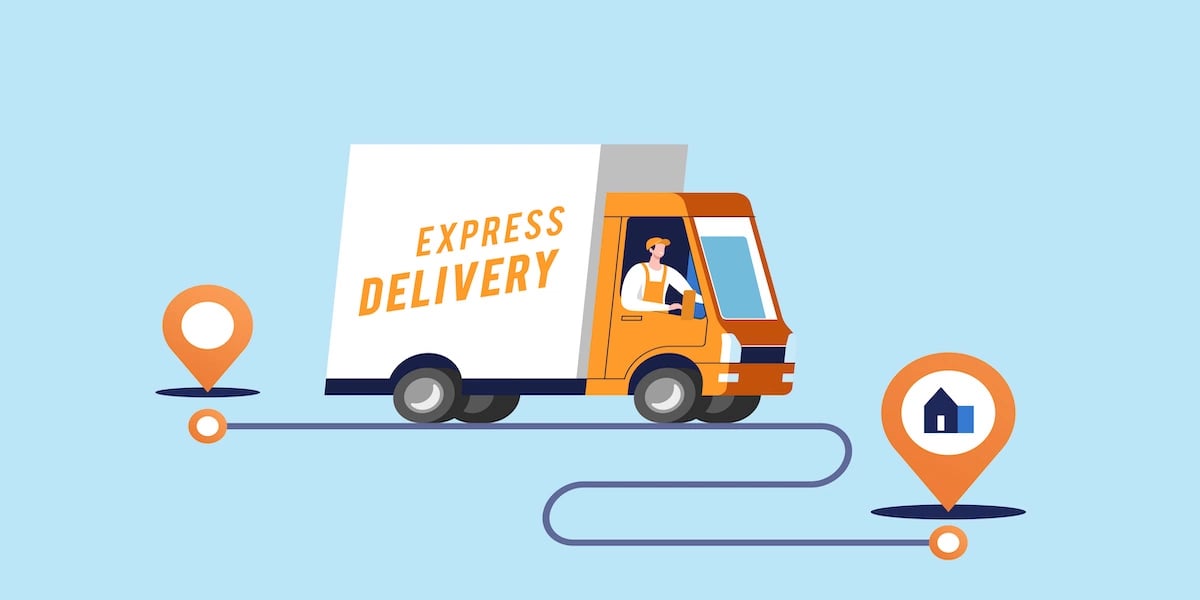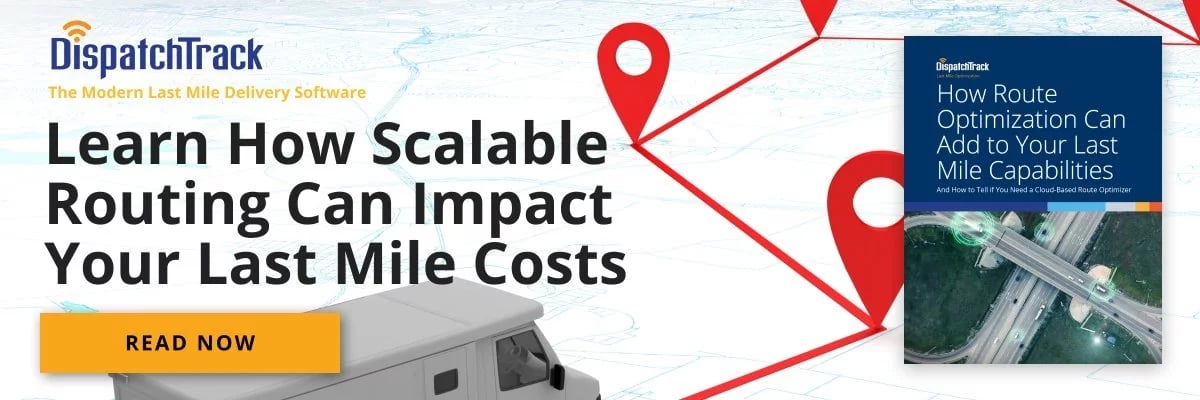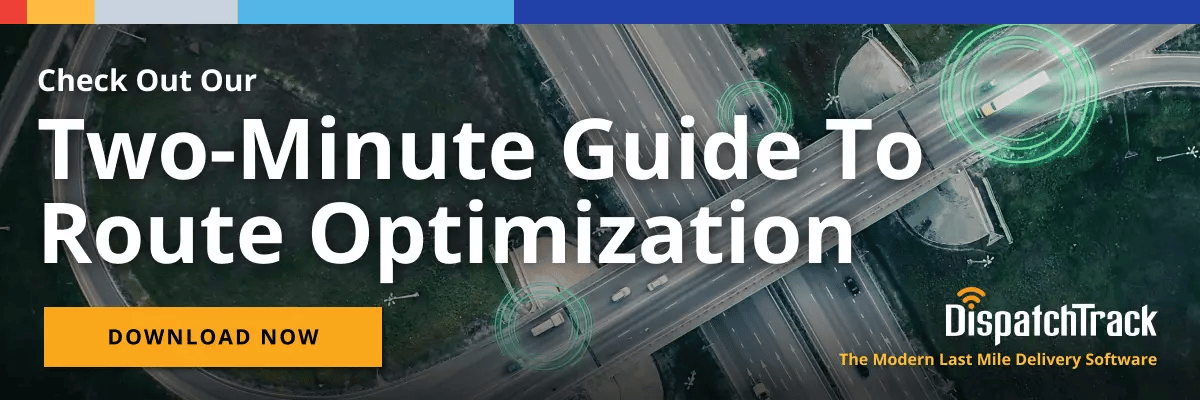Improving route planning goes a long way in maximizing driver capacity, cutting down miles driven, improving order accuracy, boosting productivity, and speeding up delivery times, to name just a few benefits.

All these benefits are precisely the reason why so many enterprises are investing in truck route planning software. At the same time, not all of the benefits are guaranteed—you need to find the right software, and you need to implement it and utilize it in the right way. In this post, we'll tackle how businesses can make the most out of their route optimization software.
The Basics of Truck Route Planning Software
Route planning software is primarily designed to find the most efficient routes for drivers to take according to different variables. Route planning needs to be aided by the right technology to empower businesses to cut their operating costs and increase customer satisfaction.
Contrary to popular belief, robust truck route planning software doesn't simply find the quickest routes between drop-off points. Instead, they should be able to take a host of factors and business constraints into consideration when finding the optimal routes. This might include:
- The required skill of drivers
- Time window requests
- Truck size/type
- Differing loads and load types
- Capacity limitations
- Real-world conditions such as weather and traffic
In other words, there’s a lot of complexity to finding the routes that work for a particular business or business case. That’s why it’s so important to have software that can handle different kinds of routing logic and supports customization to your particular needs.

Getting the Most Out of Your Software
Again, it's not enough to purchase route management software—it’s equally important to find ways to maximize the features of the software.
Data Matters
Unlike manual route planning using pen, paper, and spreadsheets, the best route optimization software can calculate the best routes using all kinds of variables. To get the optimal routes, however, businesses have to pay attention to the data they feed the software. Otherwise, its efficiency may be limited.
In using the software, it’s important to remember that more quality data means better efficiency for the software. Including specific parameters regarding the delivery vehicles and driver capacities, load types, service/installation requirements, etc. will help truck routers find the most cost-effective routes.
Collecting as much information available about routes also goes a long way in maximizing the value of the software—especially with advanced planners that are usually powered by machine learning and artificial intelligence. Enterprises can benefit from gathering reliable data over time in order to better understand the factors that lead to delays or otherwise impact delivery times.
Finding Flexibility in Delivery Options
Many firms try to provide customers with various delivery options, such as two-day, next-day, or same-day shipping. This, however, requires a lot of flexibility and speed in your routing. Not only do you have to be able to add orders to routes without throwing plans into chaos, you also need to be able to visualize your capacity and find potential availabilities.
Companies must aim to be flexible and agile enough to accommodate new orders efficiently while maximizing vehicle capacity. Opting for a route planning solution with dynamic routing capabilities can allow you to provide customers with excellent delivery services even if they're making last minute changes or requests.
Easy Configuration
Advanced route planning solutions enable users to make changes to their settings so routes can be organized based on their preferences. As such, users need to evaluate what "optimal" means for them. For example, a firm may want to prioritize shortening routes and cutting down on drive times, while others want to focus on ensuring that delivery windows are met consistently.
This means that the ability to tweak parameters to find routes that meet the company's needs is necessary to achieve the business' goals. As mentioned above, route planner for trucks should account for different variables and allow companies to include their constraints in finding the best routes. The more clearly and comprehensively you can outline those constraints, the better.
For example, some enterprises include travel time in their routing, but don’t have clear expectations for service time. Drivers, after all, will spend more time carrying a couch up two flights of stairs than carrying a standing A/C unit onto an elevator. Delivery teams are also tasked with capturing proof of delivery and signatures, which takes time. If these times are factored in effectively, your ETAs will be completely wrong, and your customers will call in to complain.
Of course, much of the onus here falls on the software provider: they should make it as easy as possible to accurately calculate delivery and service times and factor them in ETAs for each route.
Improving Communication
Many things can go working while drivers are on the road. There are sudden downpours, unexpected heavy traffic, or last-minute customer requests. As such, businesses must not only be able to make changes on the fly but also ensure communication between drivers, dispatchers, fleet managers, and customer service teams in real-time. Drivers may be armed with the best route plans but without effective communication in the face of the unexpected, any efficiency gained by finding the optimal routes can go down the drain.
That’s why it’s so important to complement efficient route planning with real-time data and driver mobile apps so that drivers send and receive information at the right time. Driver apps should enable drivers to view their next stop, navigate directions easily, update their statuses at each step of the way, and send and receive messages as needed. This way, drivers are empowered to execute routes efficiently and flexibly.
For modern businesses, the right route optimization tool allows them to do more with less, thereby increasing their revenues and boosting customer satisfaction. The trick is to be smart in using your software and make the most of what it has to offer. This starts with having the right data integrations, but at the end of the day it’s important to combine robust routing capabilities with an approach that elevates the entire last mile experience.
